This was a particularly important campaign, taking place very fiercely because the enemy strengthened their defenses and called on soldiers to defend to the death. Here, we used tactics to smash the "steel door" of Xuan Loc, opening the way to carry out the Ho Chi Minh Campaign. The Xuan Loc Campaign is considered a typical example of the art of using tactics to defeat the enemy in the treasury of modern Vietnamese military history.
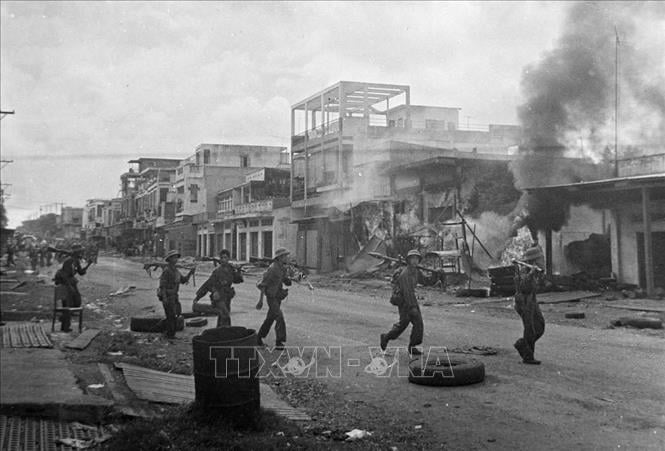
Xuan Loc is a town in Long Khanh province (now Dong Nai province), an important defense area in the basic defense line of Saigon (including Bien Hoa-Xuan Loc-Ba Ria-Vung Tau). Xuan Loc is located on the east side of the road to Saigon, with important traffic routes such as: National Highway 1, National Highway 20, National Highway 15; the most favorable direction for our army to advance straight into the inner city of Saigon. This is the most important defense line, the best built in the entire defense line towards Saigon - the capital of the puppet government.
Here, the enemy deployed extremely strong forces with a solid, multi-layered defense system, including: 18th Infantry Division, 8th Regiment/5th Infantry Division, 3rd Cavalry Brigade (M41, M113, M48 armored units), 2 Ranger battalions, 2 Artillery battalions (105mm and 155mm artillery batteries), along with police and local forces. The forces ready for reinforcement included the 1st Airborne Brigade, the 81st Airborne Ranger Group, and all air force firepower from Bien Hoa and Tan Son Nhat airports.
For us, Xuan Loc became one of the important targets on the way to liberate Saigon. We decided to use a part of the 4th Corps (including Divisions 6, 7 and 341) to coordinate with local troops and people of Long Khanh province to launch a campaign to attack Xuan Loc. The Central Military Commission instructed the armed forces of the Southern Liberation Army to quickly destroy the enemy's outer defense lines, occupy important areas, create a position and springboard for the main forces to move and attack the inner city. The urgent telegram dated April 2, 1975 from the Central Military Commission to the Regional Military Commission clearly stated: “There must be an immediate plan to concentrate large artillery, some tanks and infantry, take advantage of the enemy's confusion, destroy the defeated soldiers who have just returned, destroy a part of the 18th Division, capture Xuan Loc, and approach Bien Hoa. If Bien Hoa airport is controlled, the air force (enemy) will lose its effectiveness, and the enemy in Saigon will be greatly confused.”
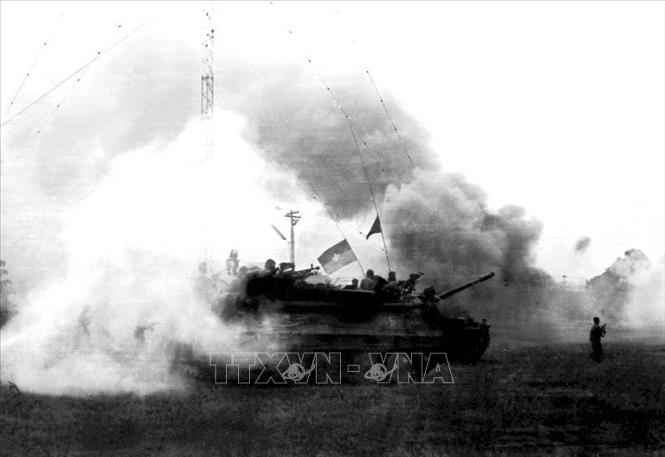
On the morning of April 9, 1975, our troops simultaneously opened fire in all directions and attacked the selected targets in the town. In the main direction of attack (East), the 165th Regiment of the 7th Infantry Division (4th Corps) was reinforced with 8 tanks to attack the enemy's 18th Infantry Division base. Due to fierce enemy blockade, we had to change direction to attack the enemy's 52nd Battalion base.
On the secondary direction (North), the 266th Regiment of the 341st Infantry Division (4th Corps) attacked targets including information areas, American advisors, police, security... When we attacked the Provincial Governor's Palace, the enemy concentrated its forces and fiercely counterattacked.
Meanwhile, on the outer perimeter, Regiment 270 (Infantry Division 341) coordinated with Regiment 209 (Infantry Division 7) to defeat 2 battalions of 2 battle groups (43, 48) from Tan Phong and Thi mountain to rescue, captured 174 enemy soldiers, and liberated Bao Toan hamlet. At the same time, the local army battalion of Ba Ria province attacked the enemy at Suoi Cat, while the 6th Infantry Division destroyed 5 posts on National Highway 1, forcing Battalion 1 (enemy's Battle Group 52) to retreat to defend at Dau Giay intersection.
Thus, on the first day we captured half of the town, the entire administrative area of the sub-region, brought 3 battalions inside and cut off Highway 1 at the Dau Giay - Me Bong Con pass intersection.
In another development, on April 9, 1975, when the enemy was detected withdrawing troops from the islands of the Truong Sa archipelago, the General Command sent an "urgent" telegram to comrades Vo Chi Cong, Chu Huy Man and Colonel Hoang Huu Thai, Deputy Commander of the Navy in Da Nang: "There is news that the puppet army is preparing to withdraw from the Spratly Islands. Please check immediately and instruct our forces to act promptly according to the pre-determined plan. If we delay, foreign troops will occupy first, because currently some foreign countries are planning to invade." The order to attack and liberate Song Tu Tay Island was passed down to the units participating in the island's capture.
On the same day, April 9, 1975, the Secretariat issued Circular No. 312-TT/TU on propaganda of victory, encouraging emulation with the South, and winning many new victories. The Circular emphasized: “… The rapid development of the Southern revolution poses many new requirements that need to be resolved. The victories in the South are stirring up a vibrant revolutionary spirit throughout the country. It is necessary to quickly and widely announce the news of victory, and to deeply mobilize the entire Party, the entire army, and the entire people, making everyone clearly see the significance of victory and their responsibilities in the new situation, contributing the greatest efforts to the common revolutionary cause of the nation”.
In the Northern rear, the Central Support Council worked urgently. The people of the Northwest and Viet Bac sent petitions to the Central Government requesting a temporary suspension of the transportation of goods and food to their localities, in order to focus on timely support for the Saigon-Gia Dinh Liberation Campaign. Factories and enterprises also mobilized 30-50% of their troops to participate in serving the battlefield.
---------------------------------
[Source: VNA; Historical moments of the Ho Chi Minh campaign, People's Army Publishing House, Hanoi 2005; Historical events and figures, People's Army Publishing House, Hanoi, 2015; From the battle of Phai Khat, Na Ngan to the Ho Chi Minh campaign, People's Army Publishing House, Hanoi 2024]
VNA
Source: https://baohanam.com.vn/chinh-tri/ngay-9-4-1975-mo-man-chien-dich-xuan-loc-155989.html


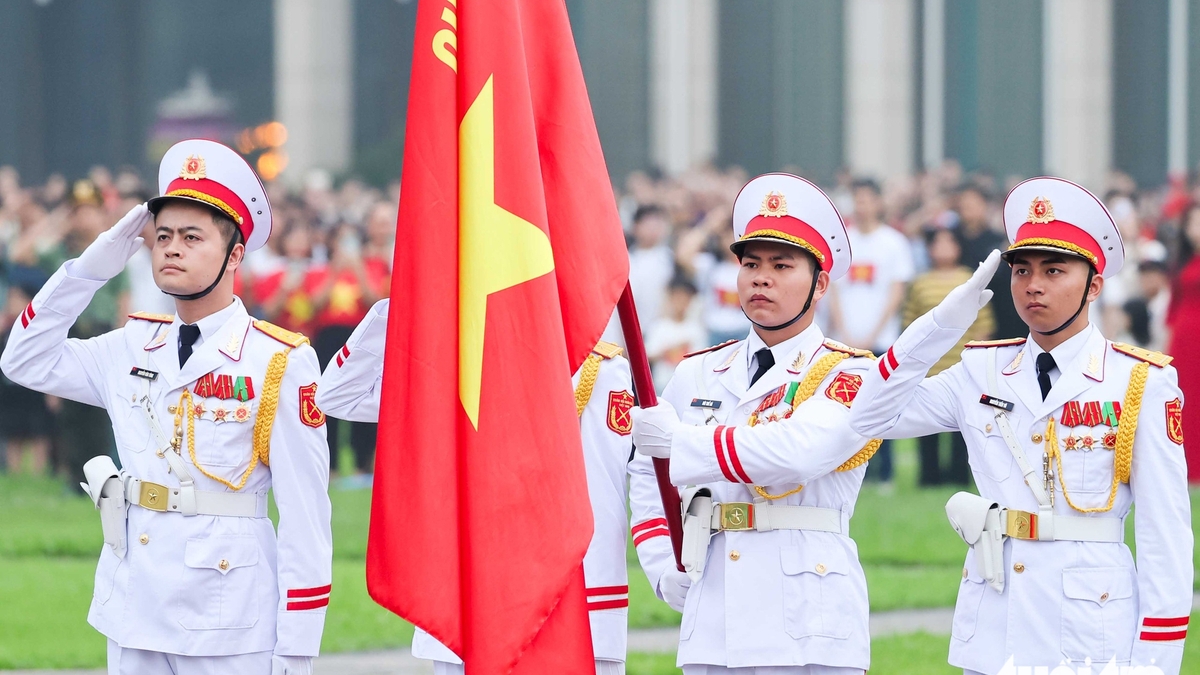
![[Photo] Flag-raising ceremony to celebrate the 50th anniversary of the Liberation of the South and National Reunification Day](https://vphoto.vietnam.vn/thumb/1200x675/vietnam/resource/IMAGE/2025/4/30/175646f225ff40b7ad24aa6c1517e378)
![[Photo] Chinese, Lao, and Cambodian troops participate in the parade to celebrate the 50th anniversary of the Liberation of the South and National Reunification Day](https://vphoto.vietnam.vn/thumb/1200x675/vietnam/resource/IMAGE/2025/4/30/30d2204b414549cfb5dc784544a72dee)
![[Photo] Performance of the Air Force Squadron at the 50th Anniversary of the Liberation of the South and National Reunification Day](https://vphoto.vietnam.vn/thumb/1200x675/vietnam/resource/IMAGE/2025/4/30/cb781ed625fc4774bb82982d31bead1e)

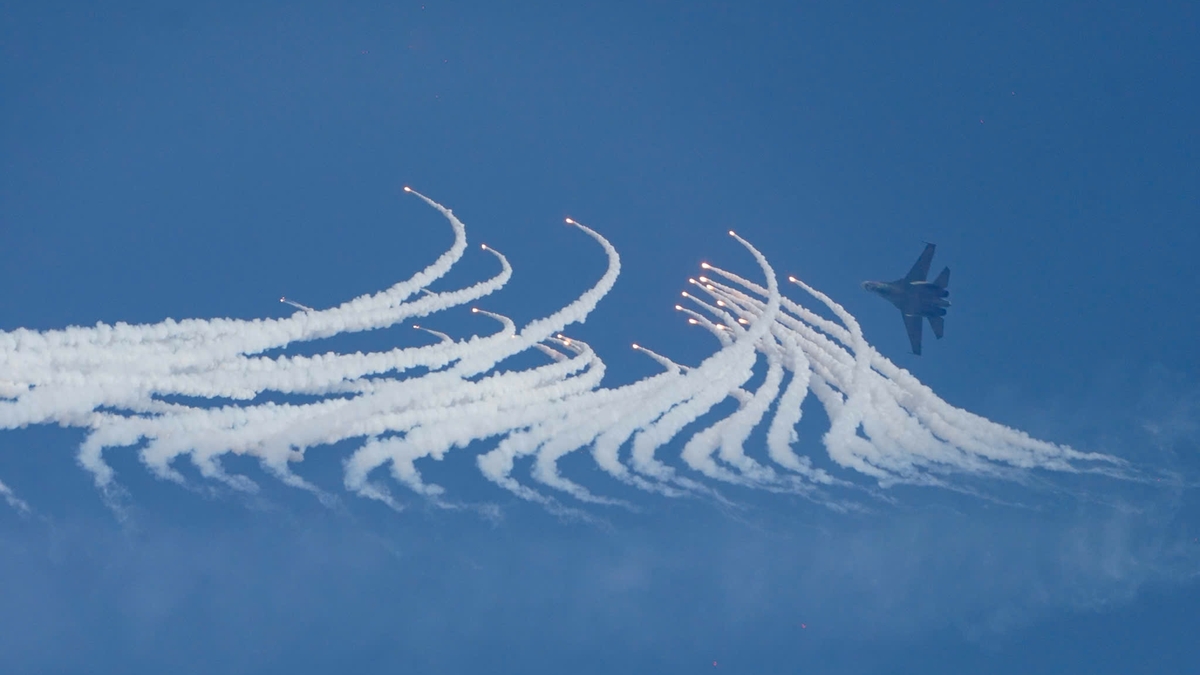


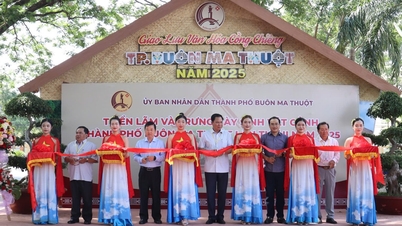
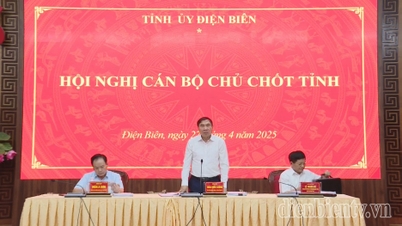








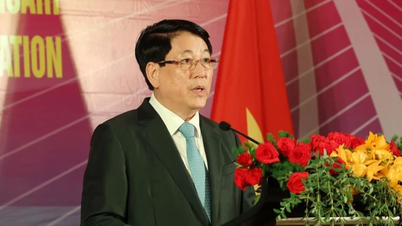
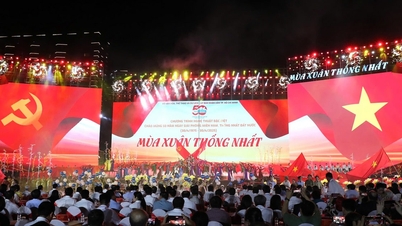

















































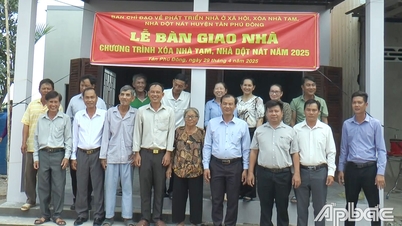



















Comment (0)